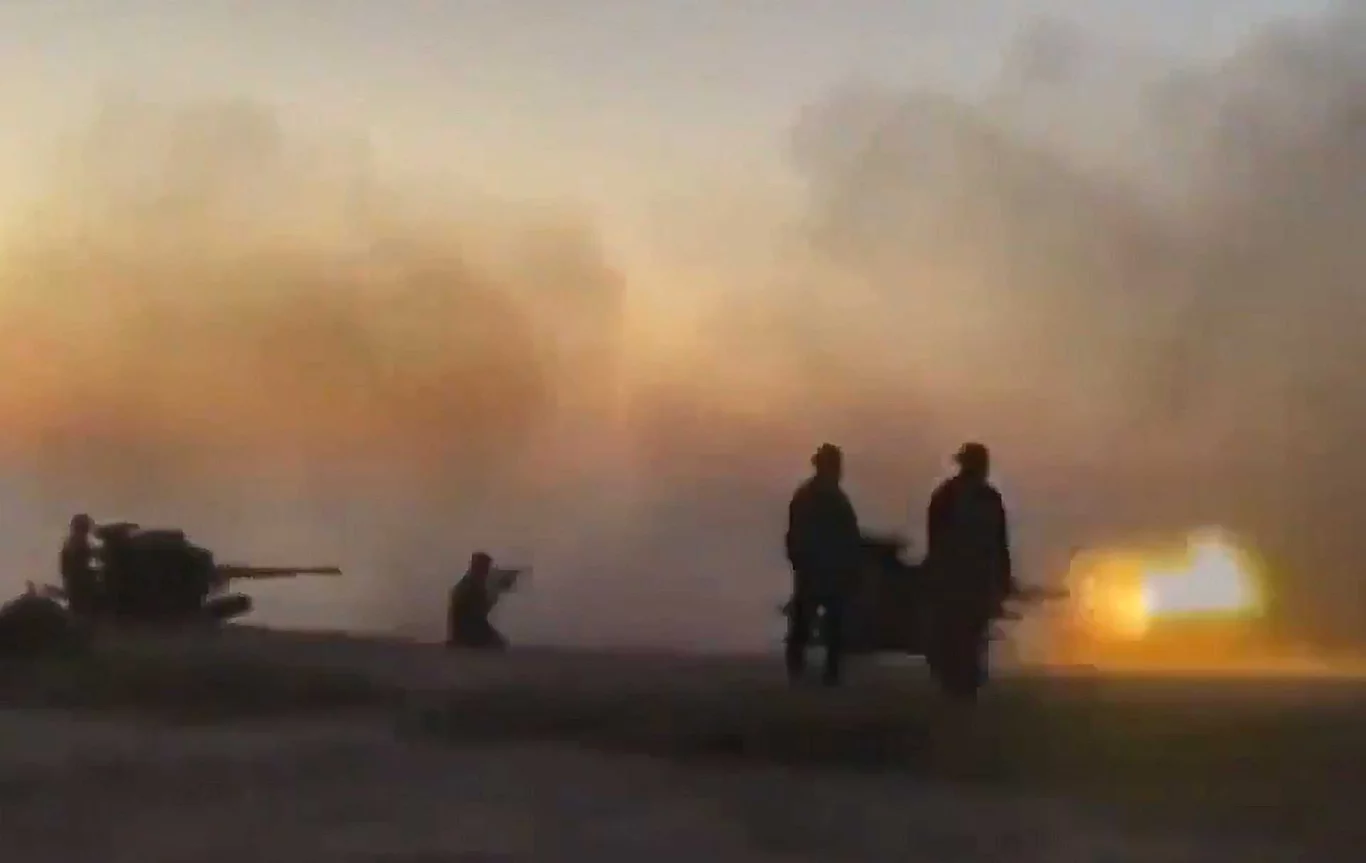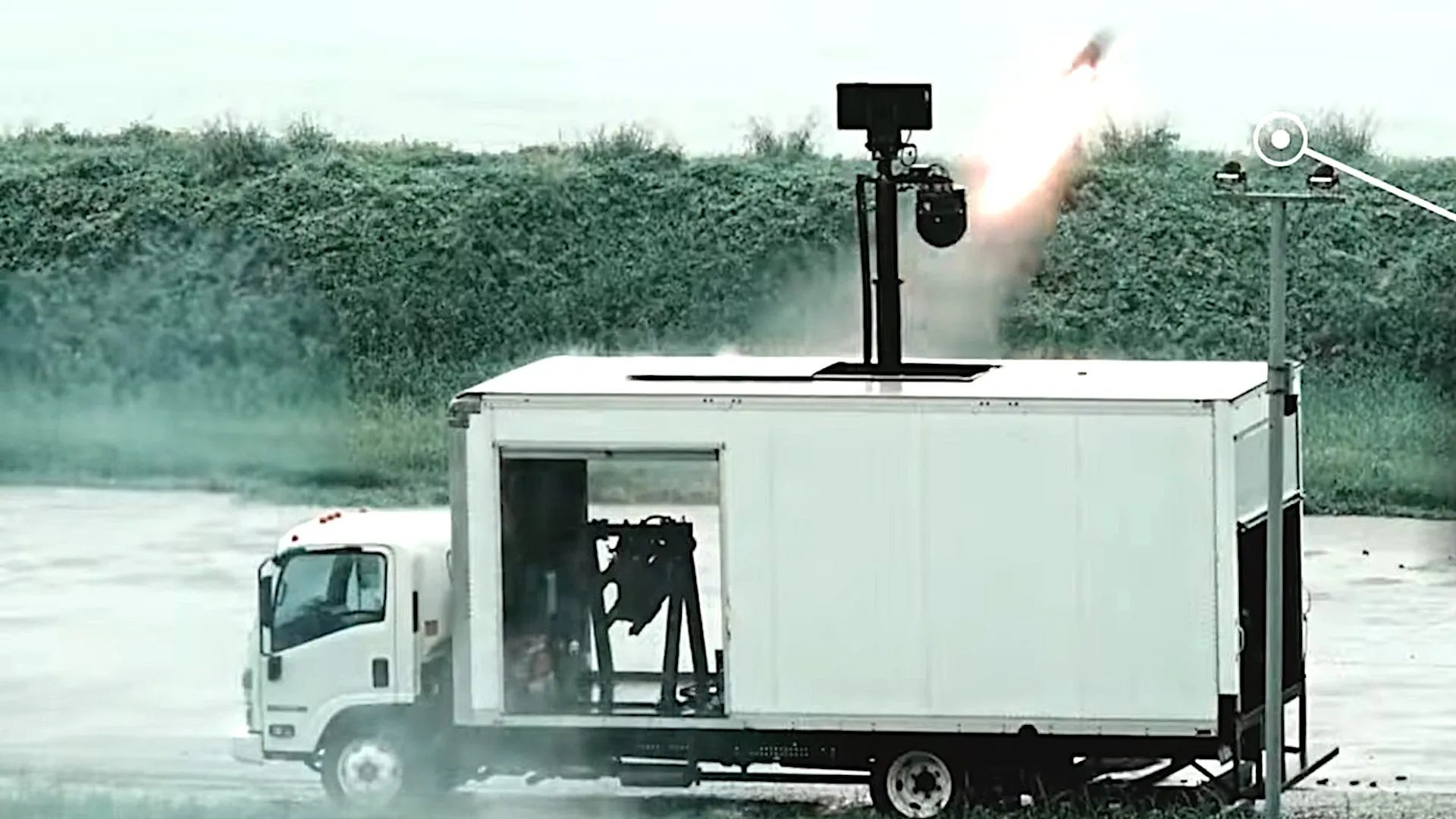Venezuela’s military has kicked off its most ambitious air and coastal defense exercises in over half a decade, a direct and fiery response to the sudden deployment of the United States Navy’s USS Gerald R. Ford Carrier Strike Group just beyond its northern maritime borders. Launched on October 25, 2025, these large-scale drills are not merely routine training; they are a bold demonstration of Caracas’ readiness to counter what senior Venezuelan officials have branded as “provocative and escalating U.S. military maneuvers” in the Caribbean basin. As tensions skyrocket, the world is left wondering: could this be the spark that ignites a full-blown confrontation between the two nations?
The catalyst for Venezuela’s unprecedented military mobilization is the presence of the USS Gerald R. Ford Carrier Strike Group, one of the most advanced and lethal naval formations in the U.S. arsenal. Positioned in international waters perilously close to Venezuela’s northern coastline, this nuclear-powered supercarrier—accompanied by a phalanx of Arleigh Burke-class destroyers, cruisers, and support vessels—projects overwhelming strike power. Military analysts, including the expert team at Army Recognition, warn that the Ford’s air wing of F/A-18E/F Super Hornets, F-35C stealth fighters, and EA-18G Growler electronic warfare jets could launch precision strikes deep into Venezuelan territory within minutes of receiving orders.
The U.S. Navy has publicly justified the deployment as part of ongoing counter-narcotics operations targeting drug cartels allegedly operating from Venezuelan soil. Yet, the timing and scale of the maneuver have raised eyebrows across Latin America and beyond. Satellite imagery and open-source intelligence shared on platforms like X (formerly Twitter) show the carrier group conducting live-fire exercises and flight operations in full view of Venezuelan coastal radars. For Caracas, this is nothing short of a veiled threat—an unmistakable signal that Washington is prepared to use force if diplomatic pressures fail to yield results.
In response, Venezuela has rolled out its entire air defense arsenal in a spectacular show of force. State television broadcasts and social media clips reveal columns of Russian-made S-300VM (NATO: SA-23 Gladiator) long-range surface-to-air missile systems rumbling into position along the northern littoral, their massive phased-array radars sweeping the skies for intruders. These “Antey-2500” batteries, believed to number at least 12 launchers, boast a staggering engagement envelope of up to 200 kilometers—sufficient to cover vast swathes of the Caribbean Sea and threaten not only incoming aircraft but also tactical ballistic missiles and cruise missiles.
Complementing the S-300VM are nine highly mobile 9K317M2 Buk-M2E (NATO: SA-17 Grizzly) medium-range systems. Acquired in a billion-dollar arms deal with Russia during the early 2010s, these road-mobile batteries excel at intercepting low-flying threats, including UAVs, cruise missiles, and fighter jets skimming the waves. Their autonomous operation capability allows crews to fire and relocate rapidly, making them elusive targets for U.S. suppression of enemy air defenses (SEAD) missions.
Further down the threat ladder, Venezuela maintains an extensive network of upgraded S-125 Pechora-2M (NATO: SA-3 Goa) launchers—44 in total—deployed in static and semi-mobile configurations around critical infrastructure such as Caracas, Maracay, and the strategic Paraguaná Peninsula. Though aging and vulnerable to modern electronic countermeasures, these legacy systems can still surprise unsupported aircraft operating at medium altitudes, especially in cluttered urban environments where jamming effectiveness is reduced.
At the tactical level, thousands of shoulder-fired 9K338 Igla-S (NATO: SA-24 Grinch) MANPADS, alongside Swedish RBS-70 and French Mistral systems, have been distributed to infantry units, National Guard formations, and militia groups. These portable weapons create deadly “no-fly” bubbles around government buildings, oil refineries, and military bases, posing a lethal risk to helicopters, drones, and low-slow aircraft attempting close air support or reconnaissance missions.
Rounding out the arsenal are hundreds of anti-aircraft guns: over 200 ZU-23-2 twin 23mm towed cannons, more than 114 modernized 40mm L/70 Bofors guns with optical fire control, and even Rafaga turret variants mounted on AMX-13 light tanks for mobile point defense. In a high-intensity conflict, this dense web of gunfire could turn Venezuelan skies into a gauntlet of tracer rounds and exploding shells, exacting a bloody toll on any attacking air armada.
While Venezuela’s air defense architecture is undeniably impressive on paper, experts caution that significant vulnerabilities remain. The country’s command-and-control infrastructure lacks the fully digitized, sensor-fused battlespace awareness enjoyed by NATO forces. Radar tracks are often localized rather than nationally integrated, leaving gaps that sophisticated U.S. electronic warfare platforms like the EA-18G Growler could exploit. Maintenance issues, spare parts shortages due to sanctions, and uneven training further erode the systems’ reliability under sustained combat conditions.
Nevertheless, the psychological and operational impact of Venezuela’s defenses cannot be dismissed. The S-300VM, in particular, represents a “keep-out” zone for high-value U.S. assets such as AWACS early-warning aircraft and KC-46 tankers. Even the stealthy F-35C must navigate carefully to avoid detection by the system’s advanced low-band radars. Buk-M2E batteries, with their shoot-and-scoot tactics, would force U.S. planners to expend expend precious stand-off munitions like Tomahawk cruise missiles simply to clear a path for follow-on strikes.
Geographically, the proximity of Venezuela’s coastline to international waters compresses the engagement timeline dramatically. Carrier-based aircraft launching from the Ford would have mere minutes to penetrate the SAM umbrella, identify mobile targets, and egress before facing counterattacks. Any miscalculation could result in downed pilots, damaged multi-million-dollar jets, and a propaganda bonanza for the Maduro regime.
As the drills continue, both sides are walking a razor’s edge. Venezuela’s exercises serve as a clear message: any U.S. intervention will come at a steep cost. For its part, the Pentagon maintains that the Ford’s deployment is purely precautionary, aimed at protecting American interests and supporting regional allies. Yet, behind closed doors, contingency plans for rapid strikes on Venezuelan command nodes, airfields, and A2/AD (anti-access/area denial) assets are undoubtedly being refined.
The international community watches with bated breath. Russia and China, Venezuela’s primary backers, have issued stern warnings against “U.S. aggression,” while Colombia and Brazil—sharing land borders with Venezuela—brace for potential refugee flows and spillover violence. Oil markets, already jittery, have seen Brent crude spike amid fears of disruptions to Venezuela’s Orinoco Belt production and Caribbean shipping lanes.
In this high-stakes game of brinkmanship, Venezuela’s air defense drills are more than military theater—they are a desperate bid to deter a superpower. Whether Caracas succeeds in imposing unacceptable costs on any potential U.S. operation remains to be seen. One thing, however, is certain: the Caribbean has become a flashpoint, and the next move could redefine hemispheric security for decades to come.



